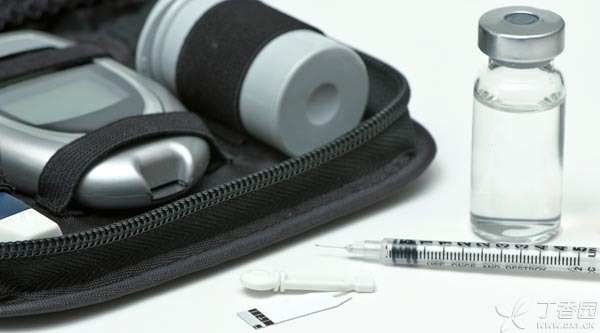
When you are preparing for vacation and travel, you should prepare for diabetes care in advance.
Saying goodbye to your daily routine is originally one of the pleasures of vacation and travel. However, many [sugar lovers] are very helpless, because extra daily care is very important during travel.
Eating out while traveling, changes in physical exercise, and jet lag will all affect your effect of controlling blood sugar.
Do you want to go out for a spiritual baptism or relieve the pressure? Before starting, read the following points carefully so as to take better care of yourself during the journey.
Don’t forget to bring your medicine!
- Bring two diabetes care necessities, To prevent travel delays and drug cuts. All syringes and insulin delivery systems (including insulin potion bottles) should be clearly marked with pharmacy labels. To make it easier to identify medications. Keep a copy of your prescription with you, which is much easier if you need to buy or dispense during the trip. If you need insulin injections, make sure you have a glucagon emergency kit with you. Bring a card in your wallet stating that you have diabetes and whether you are on medication.

Small things other than drugs
- Take snacks, glucose gels or glucose tablets with you, In case of hypoglycemia. Take your medical insurance card and emergency contact number with you, Include your doctor’s name and phone number. Bring a medical first aid card that says you have diabetes. Set the clock, pay attention to the change of time zone, and calculate the time to take medicine. Find out the address and location of medical assistance in advance and record it on the map. In case of emergency during the journey, you can know where to get medical assistance.
Minutes to Be Paid Attention to on the Way
- Take some food that may not be found during the trip with you or in the mini refrigerator in the car. For example, fresh fruits and sliced fresh vegetables. You can also bring dried fruits, nuts and other snacks. Since these foods are high-energy foods, Prepare a small portion (about 1/4 cup) in advance. Bring a few bottles of water, Instead of high-sugar sodas or juice. If you’re traveling with insulin, don’t keep it in direct sunlight or in a hot car. Keep insulin in a cooler or mini-refrigerator, and don’t put it directly on ice cubes or ice packs. Get up and move around every one or two hours to reduce the risk of thrombosis.
Air travel
- Prepare the food and medicine needed on the flight in advance. If you need meals during the flight, Book a low-fat or low-cholesterol diet in advance for diabetics. If meals are not served on the plane, Bring your own nutritious meals. All diabetes-related supplies are in your carry-on luggage. Remember to bring some snacks to prevent flight delays. Put drugs and snacks on your seat. Easy to access, Don’t store them in boxes above your head or in checked luggage. If you don’t want to carry insulin pumps through metal detectors, Tell the security personnel that you are carrying an insulin pump and ask them to conduct a manual security check to check the insulin pump. When injecting insulin, do not inject air into the insulin bottle (the air on the plane may be pressurized). Exercise every one to two hours. Diabetics have a higher risk of thrombosis. Exercise can reduce this risk.
Maintain daily habits
- Before we set out, Check out the infectious diseases that are prevalent in all the travel places along the way, Receive regular vaccination. If there is no vaccine, You need to be more careful, Or change the route of the trip. If you plan to start a more walking and intensive trip, Exercise ahead of time, Before the physical exercise is increased, Talk to your doctor first. Meanwhile, Plan your medication, meals, and workouts with your doctor, Discuss how to deal with changes in blood sugar readings. Remember daily diabetes care routines and healthy living habits. Check blood sugar levels frequently. Changes in diet, exercise, and time zones can all affect your blood sugar levels. Maintain regular exercise habits and make sure you exercise for at least 150 minutes a week. Wash your hands regularly with soap and water. Protect your feet and be very careful with foot care for diabetics. Be especially careful with the hot sidewalks by the pool and the hot sand on the beach. Don’t walk barefoot.
Responsible Editor: Liu Dongchen
